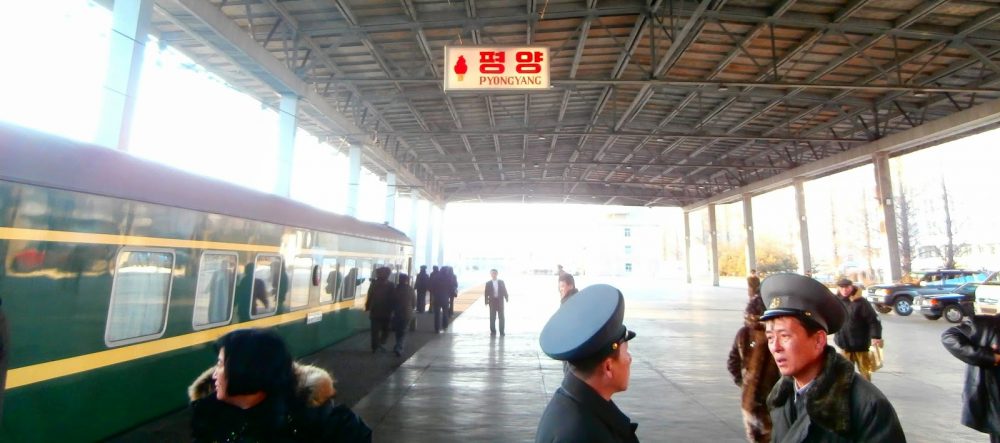Beijing to Pyongyang Train: The Railway to the Edge of the Earth
Travelling to North Korea on The Beijing to Pyongyang train was a real treat!
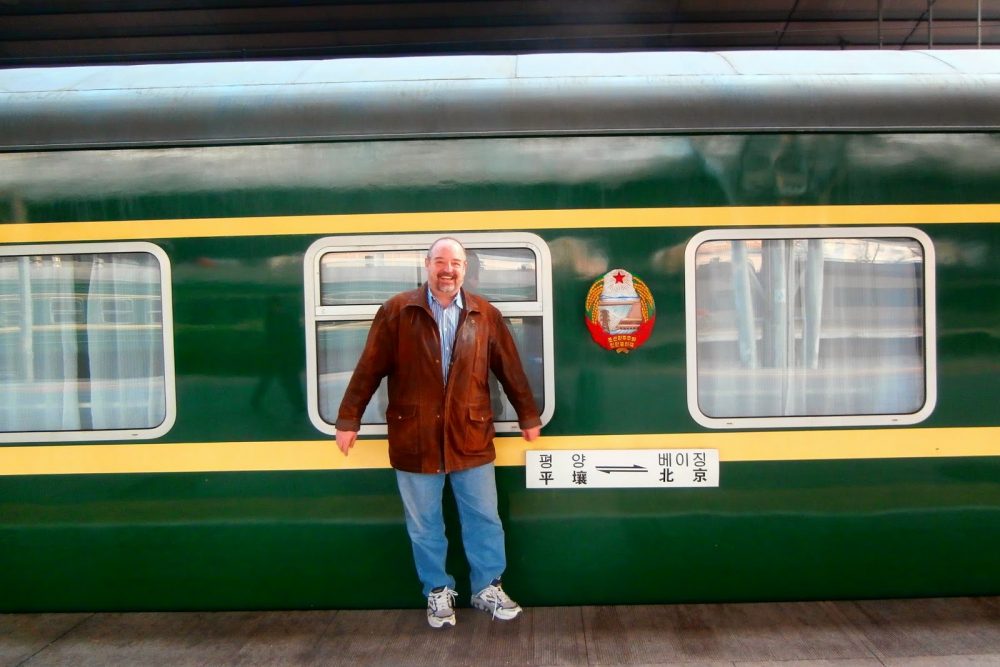
I love trains, and try to take a long-distance trip as often as possible. The opportunity to have both a long ride, and finish in the mysterious Democratic Peoples’ Republic of Korea (DPRK) was simply too much to ignore, and so a week ago, I found myself at Beijing’s Central Station trying to find Train 27 to Pyongyang.
Actually, that wasn’t too difficult, it left from Platform 2. Two sleeping carriages stuck on the back of a domestic Chinese train bound to the border community of Dandong. They were North Korean, a fact that excited me further, and clambering aboard past the open, coal-fired carriage heater, I found my berth in a very comfortable four-berth cabin.
As luck would have it, my travelling companion Al and I had the cabin to ourselves, and settled in for the twenty-four hour journey to the DPRK.

The overnight journey to the border was fast, smoothly run over perfect welded track and rushing past infrastructural development that quite astonished the mind; dozens of high-speed trains whooshing around in every direction, new factories, apartments, shops and a peculiar love for remarkably garish and bright neon light.
North East China in 2014 is a happening place; and just how happening we found out by heading to the dining car, located three carriages within the domestic part of the train.
To get there, we had to pass between the DPRK Zone and the China Zone, not a difficult transition unless someone had accidentally placed a rack in such a manner that we could not open the door. The train has a few short stops, and we took advantage of one to run down the train and jump past a protesting conductor as the train was pulling out, nearly a tragic miscalculation.
Then food was fine (ample food for about $10) and fueled by a selection of beer for ourselves and our new friends, and perhaps two hundred shared words, we ran down the evening until after 2.00am. Then we realised that the train was not going to stop again, and we needed to get back to our berth, but at that point, lubricated by Pabst beer and the progress made in Sino-Canadian relations, we didn’t really care.
Our new friends were fun, incomprehensible and on their way home to Shenyang; they found us highly amusing, and as we found them rather humorous, a convivial evening was assured, and considerable amounts of beer consumed.
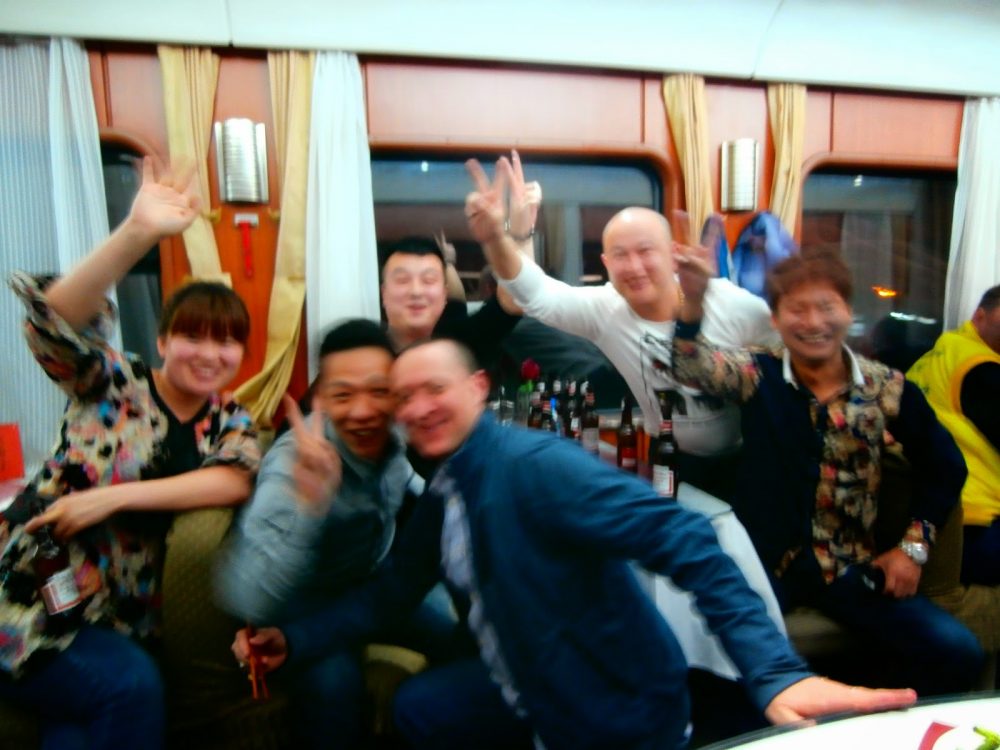
Finally realising that we should head “home”, we found an official, and led him through the three carriages of sleeping Chinese, draped extravagantly over, under and around the seating to the final connection.
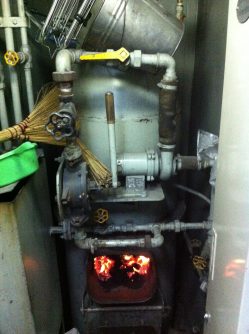
Here he banged on the window for several minutes before one of our minders came, opened the door and, with a slightly disapproving look at our acts of sobriety, let us in, and back to the serenity of the Korean sleeping cars. And most comfortable they were.
We slept until the border, and rising somewhat slowly, looked at the ultra-modern station at Dandong; we remained for a couple of hours while the train was split, shunted, regrouped and slid once more into Platform 1. We waited, and I have to confess that he tension and excitement grew until we pulled out, and crossed the Yalu River to Shinuiju, the DPRK’s entry point.
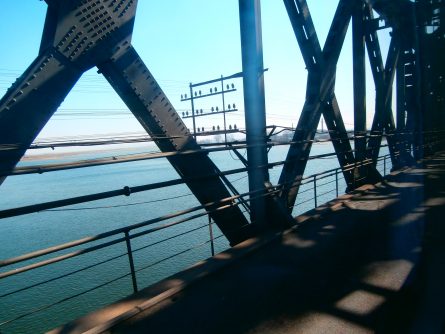
Let me tell you that this was a very peculiar bridge; old, solid and pockmarked from artillery during the Korean War, a conflict that has completely shaped the psyche of the North Koreans, it linked the future with the past, the Chinese bank of the river lined with fifteen storey buildings, shops, cars and bright and the DPRK side quiet, rusting and almost ponderous in its decay.
Our immigration guards were all courteous, curious and thorough. They checked our books and magazines closely, but were mostly interested in why we were there and delighted to swap a local cigarette for a Marlboro, but refusing to take a pack.
They sat for a while inhaling the excess of life that we were carrying, marvelling at our shirts and toothpaste and eventually with a smile and a shy “Welcome to Korea Pyongyang”, they waved us through, and off we went toward Pyongyang some four and a half hours and two hundred and twenty-seven kilometres away.
There is a time change of approximately two hundred years and one hour between China and the DPRK; life immediately slowed to a medieval pace, albeit one sped up by bicycles, and the small villages and their fields were covered by armies of workers wielding ancient implements and prodding piles of dry soil in hope of triggering a vague agricultural reaction.
Everywhere were the signs of The Party; the focus of the entire nation’s drive is to the party and its leaders that are in high, if not mystical, esteem by one and all.
Pictures of Kim Il Sung and Kim Jon Il are everywhere; smiling, pointing at the bright future and exhortations to the people to double and redouble their efforts to complete their tasks for the greater benefit of all. This background, the soul and the pulse of the DPRK became omnipresent as we met our guides, and were introduced to this mysterious and most surprising country.
